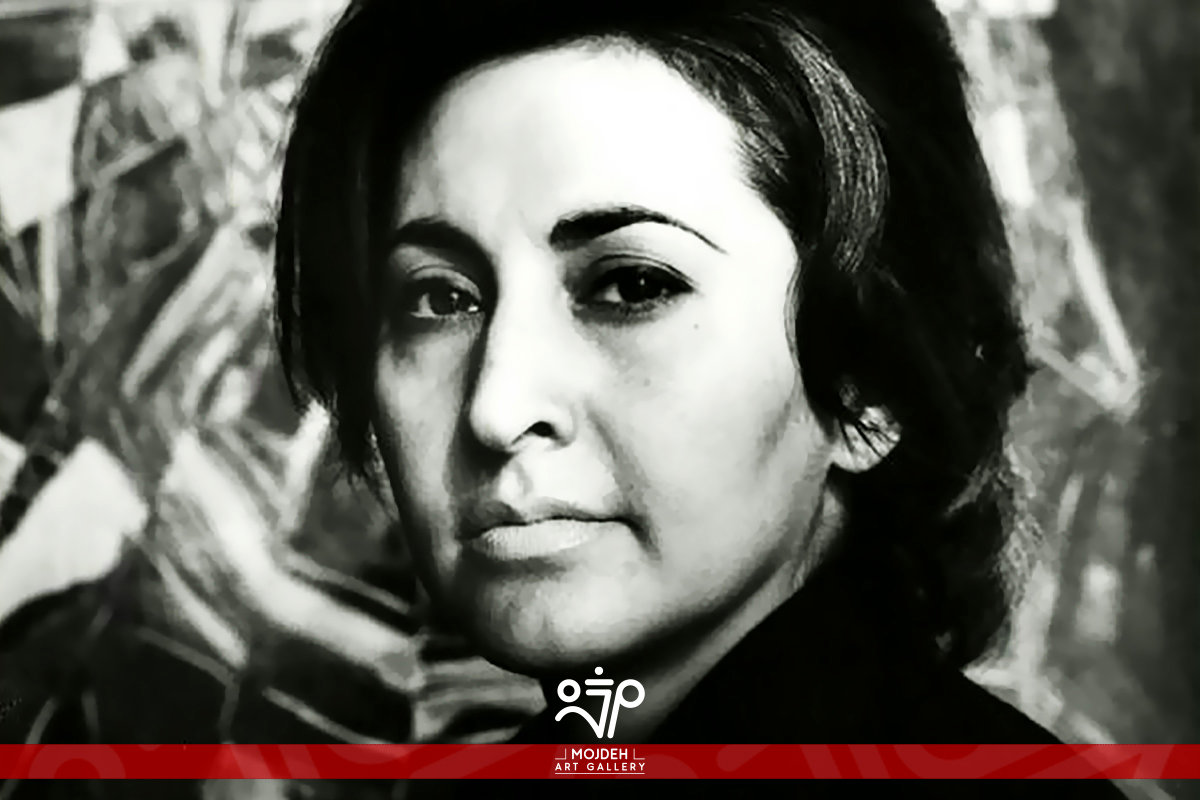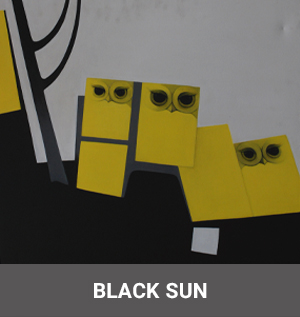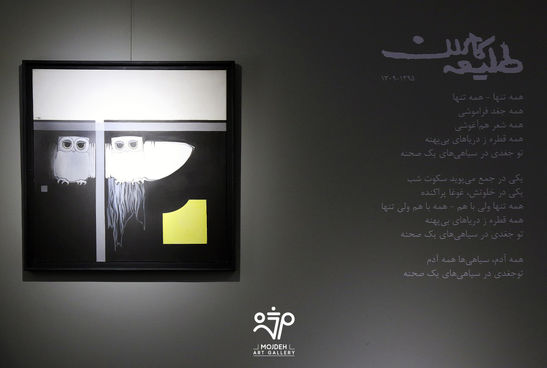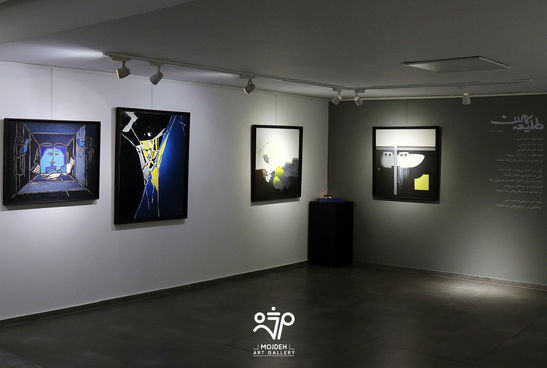Talieh Kamran

Talieh Kamran was born in 1930 in Tehran. She is a student of Beux-Art school in Paris and one of the second generation of Iranian modernist artists. Her professional activity coincided with the third decade of Art Nouveau and started with the holding of her first solo exhibition in the hall of the Faculty of Fine Arts in 1968, after that she continued to paint for half a century. Her work style from the beginning of the seventies was figurative painting and sometimes she used abstraction in her paintings. In the path of her experimentalism, she brought the bright colors closer to the border of figurative painting by relying on the interference of geometric forms in the bed of black and white colors until she was able to create her personal language using detailed constructions and the creation of bright, unconventional color shades in her most important exhibition exhibited in 1978. After the revolution, a twenty-year delay in her work made her return to conceptual figurative painting and depiction centered on women and birds. From that period to the beginning of the 2000s, Kamran stopped looking for the representation of individual feelings in her works and her concern was completely inclined towards the display of collective behavior with a tendency towards the theme of liberation and freedom of contemporary man. Her paintings in the direction of the newly emerging social realism of the 2000s are a clear example of the rethinking demands that put the painter in front of society and its demands; an attempt to read the concept of "freedom". The distinctive feature of Talieh Kamran's work is the inherent originality in the coloring, painting and artistic expression of the artist in facing the world around her, which finally ends in creating a balance between the aesthetic matter and the philosophical vision of the artist. Talieh Kamran left this world in the winter of 2016.
Collections of Artworks



